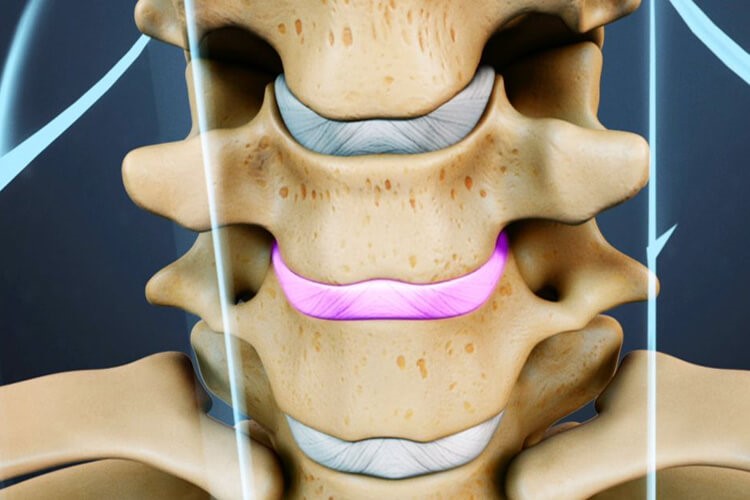Traditionally, spinal fusion surgery was considered the best surgical option for patients suffering from various spinal disorders. However, this surgery has some drawbacks. As the vertebrae are fuse they can no longer move the way they used to, adding more stress on the spine which may contribute to the degeneration of spinal discs.
Motion preservation surgery is an evolving form of treatment for patients suffering from the types of spinal conditions that would normally require spinal fusion. This surgery involves using devices surgically placed into the spine to preserve the natural movement mechanism. There are various types of devices, each addressing different spinal issues. Some of these have been approved for use on patients while others are still in developmental stages and clinical trials.
Who Is a Candidate for Motion Preservation Surgery?
Motion preservation surgery is gaining popularity over spinal fusion surgery as a treatment for people suffering from certain spinal conditions such as:
- Degenerative disc disease
- Arthritis of the spine
- Spondylolisthesis
- Scoliosis and kyphosis
- Compression fractures of the spine
What Are the Benefits of Motion Preservation Surgery?
The goal of motion preservation surgery is to maintain the normal, or close to normal, motion of the spine. These include the use of minimally invasive surgical techniques as well as specialized devices to preserve spinal motion.
Some of the key benefits of the procedure are:
- Faster recovery period and quick rehabilitation
- Reduced pressure on adjacent discs
- Better range of motion
- Less pain
- Less blood loss during surgery (in some cases)
Types of Motion Preservation Devices
To preserve the normal motion of the spine, a motion preservation device is surgically placed into the spine. The device used depends on the condition the patient is suffering from, along with other factors such as age, medical history, lifestyle and other pre-existing conditions. Also, the ideal device should have the following characteristics:
- Requires a minimally invasive procedure
- Preserves the natural motion
- Prevents fatigue failure of the device
- Maintains normal posture of the body
- Possible ability to revise the procedure if needed
The following are the types of devices available:
- Interspinous Process Spacers: These devices create space between spinous processes, which are the bony projections off the back of the vertebrae. Placement of these helps to relieve symptoms of spinal stenosis.
- Posterior Dynamic Stabilization Systems: These devices are like internal braces on the spine, but allow normal movement. These devices use a combination of parts like screws, cords, spacers, flexible rods, flexible screws, rods with movable parts, and inflatable rods.
- Facet Replacement: This is the largest group of motion preservation devices for the spine. These are used for patients suffering from spinal stenosis or facet pain. These devices replace the facet joint of the spine.
- Anterior Motion Preservation: These devices are meant to completely replace the disc while replicating the normal motion of the disc space.


